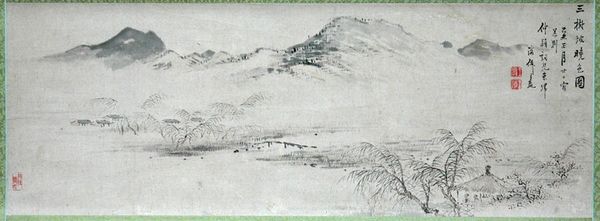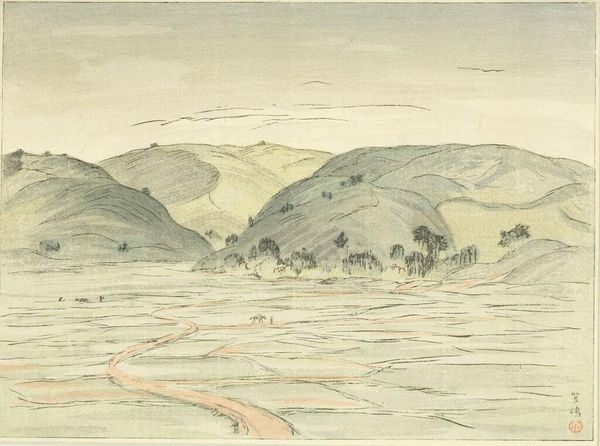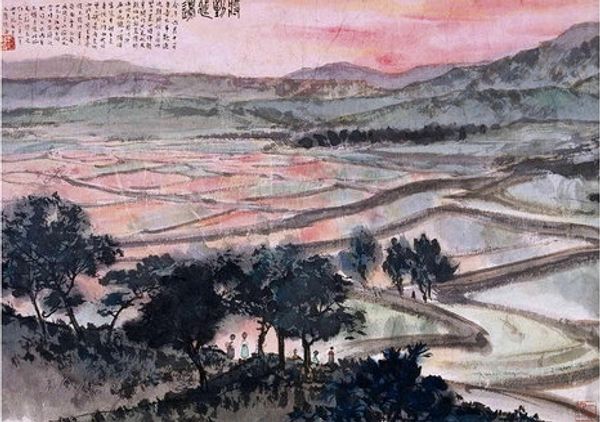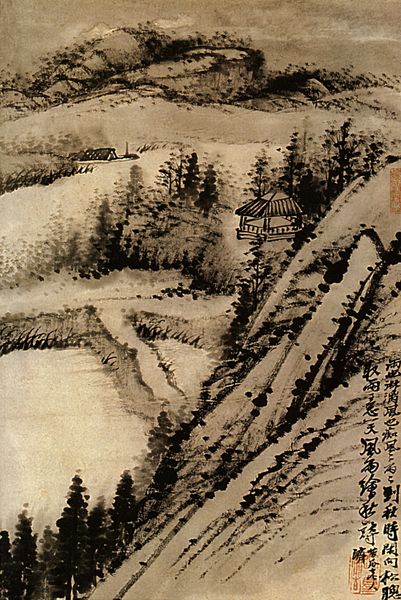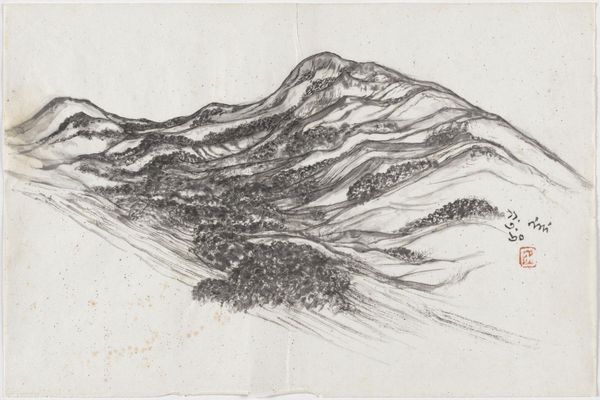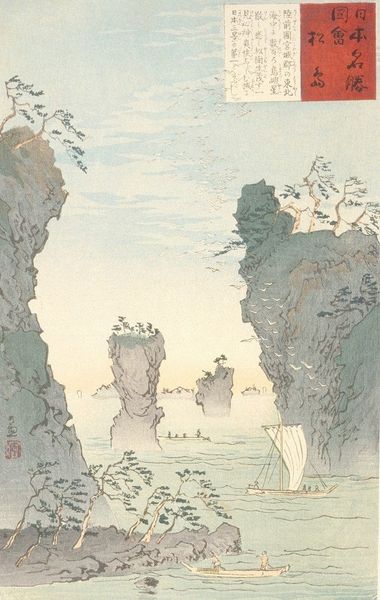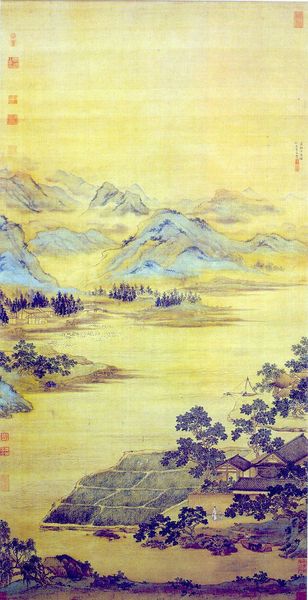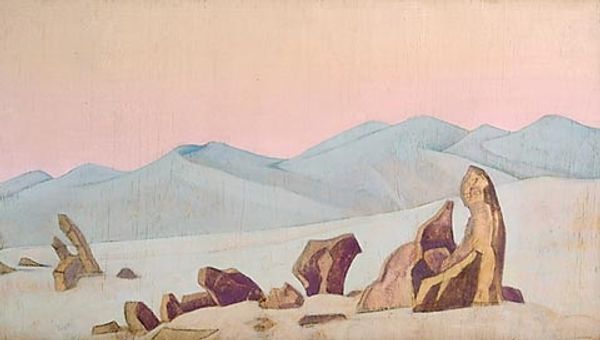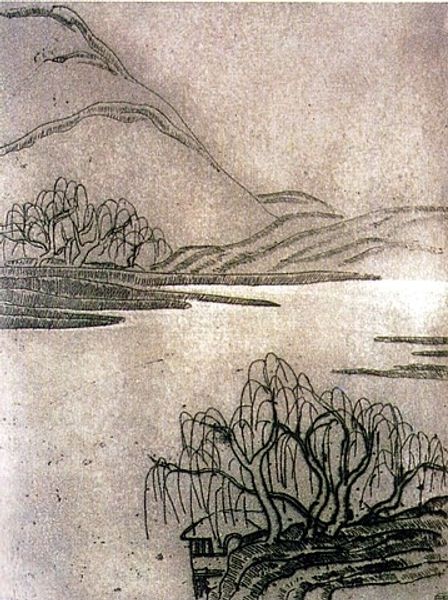
plein-air, watercolor
#
cliff
#
plein-air
#
landscape
#
form
#
11_renaissance
#
oil painting
#
watercolor
#
rock
#
line
#
northern-renaissance
#
watercolor
Copyright: Public domain
Editor: This is Albrecht Dürer's "Valley Kalchreuth," created around 1495. It seems to be a watercolor, painted in plein-air. There’s a striking calmness to the landscape, but also a roughness conveyed by the exposed rocks and rolling hills. How do you interpret this work in the context of the Northern Renaissance? Curator: Dürer’s work speaks to the period’s burgeoning humanist interest in the natural world, a world previously often relegated to symbolic backdrops. However, his intense observation isn't just aesthetic; it's deeply tied to burgeoning proto-scientific exploration and a distinctly German cultural identity being forged in contrast to Southern European classicism. Consider the detail in those rocks – are they merely representational, or do they hint at something deeper, a yearning for a grounded sense of place? Editor: That makes sense. It does feel more than just a pretty picture. There's almost a… scientific scrutiny. Were artists at the time trying to establish German art as separate from the rest of Europe? Curator: Exactly! And we can’t ignore the historical backdrop. The late 15th century in the Holy Roman Empire was a period of intense social and political upheaval. Think of the burgeoning peasant revolts brewing at the time, anxieties about the apocalypse as the year 1500 approached, or new religious movements gaining traction, even before the Reformation took hold. How might that tension seep into Dürer’s vision? Perhaps that ‘roughness’ you perceived mirrors those societal fault lines. Editor: I see what you mean. Knowing that adds so much depth. So this isn't just about art for art’s sake; it is almost political. Curator: Precisely. It makes you wonder about the artist's choices: Why this valley? Why these colors? And more importantly, how does understanding this context change our contemporary reading of the image? Editor: That's fascinating. I never considered landscape art as something with political layers before. Curator: Exactly! Every brushstroke, every hue choice is soaked in its history and context. Examining the artist's social position is just as important. Thank you for pointing out the inherent calmness: that helps me question whether it's the calm *before* a brewing storm? Editor: Absolutely, a Renaissance valley, roiling beneath the surface! That changes my reading, indeed.
Comments
No comments
Be the first to comment and join the conversation on the ultimate creative platform.

